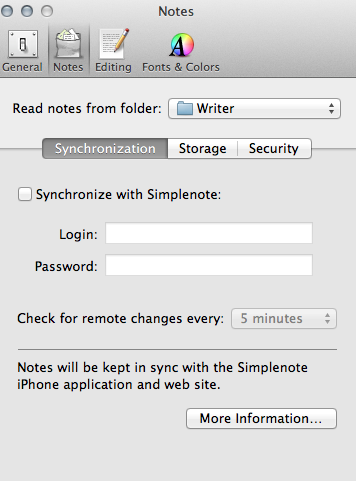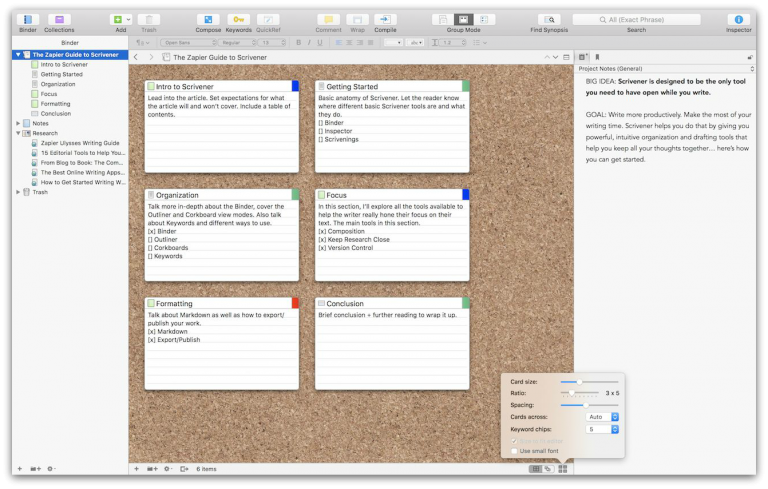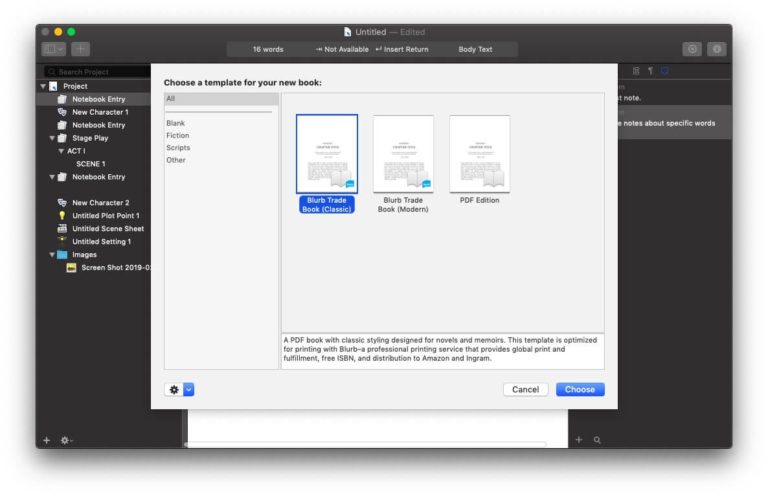
The closest I’ve seen is people who have adapted Microsoft OneNote to writing, and while they do so to good effect, it’s definitely a case of making use of the tools available. This is a weird category because there are a number of really robust and interesting options available for apple, but there are almost no comparable programs available for windows. But my poking around also revealed that there was a whole category of programs dedicated to writing novels or other long-form works.

These had their own small gimmicks, and they all had the advantage of working on Windows, so I tended to view them as roughly interchangeable. Since then, a number of similar programs have come out, including Darkroom (which may have predated Writeroom, I don’t recall), Writemonkey and Q10. Those distractions (and the temptations that come with them, to just check a website or the like) are absolute killers, and being able to shut them out let me really focus.
#SCRIVENER VS STORYMILL SOFTWARE#
Yes, you are effectively using software to make your too-expensive computer look and feel like an old CRT Apple IIe, but as counter-intuitive as that is, it works REALLY well. You fire it up and your whole screen goes black, except for your little green cursor. See, Writeroom and a number of programs like it are fullscreen text editors – they were designed to remove all the distractions that come from working on a computer, like pop up windows, chat and mail notifications and so on. The first I came across was Writeroom, and it changed a lot of how I do things. Not Word Processing or Text Editing, but honest-to-God writing software, programs designed with the actual act of writing in mind. I found relief in the form of writing software. It worked ok, but it was occasionally a pain, especially when Word decided to explode in helpfulness all over whatever I was writing. My Word interface is incredibly minimal, and I prepared equally minimalistic stylesheets to keep the text looking raw.

This was a big problem for me, and I tried a bunch of tricks to try to deal with it. Editing and rewriting are critical important to any kind of quality writing, but when you have something your brain thinks is a finished product, it’s easy to gloss over it, or hesitate to make a change because it will throw off the pagination. When you write something and lay out out at the same time (which is what you can accidentally end up doing in word) then it tends to feel done, and that’s incredibly dangerous. All the options and buttons are there on the screen, begging to be used, and that’s bad enough, but the real danger is more sinister. Not to say it’s impossible to write in something like Word, but there’s a lot of noise to deal with. The problem with this is that the actual writing tends to get lost in the wash. The impact on layout is very like that of sophisticated photography software: the folks who could only do a few tricks get overshadowed by software, but the people with real talent end up really standing out. Yes, programs like Word allow for people to create layout abominations to raise up on the altar of Comic Sans, but it also means that Joe guy can make a layout that’s good enough with very little time, skill, or knowledge.

It’s a little cynical, sure, but it’s been a good thing overall. The actual writing is all well and good, but anyone can do that, right? The computer can make your writing look better (and in the case of things like spell-checkers, might actually make it better). Writing was easy, after all, so why not start adding useful things like formatting, indexes, styles and so on. As we got used to this idea of writing on computers, the software came to reflect more than just the need to write. I mention all this because software has evolved with time. As much as I enjoy writing things by hand, I can’t imagine going back to needing to do so for everything.

I grew up as this transition was taking place, and it’s still pretty miraculous to me. Sure, that wasn’t how it started: back in the days of wordstar (and CUTTING EDGE ascii art) the big deal was that we could write these things on a computer, and edit our writing rather than re-writing everything.
#SCRIVENER VS STORYMILL PROFESSIONAL#
I use it almost every day, and it’s really good at doing what it’s supposed to do – make documents that look professional enough for a business context without needing all the overhead of a full-bore layout program.


 0 kommentar(er)
0 kommentar(er)
